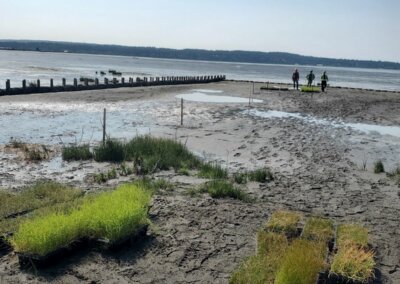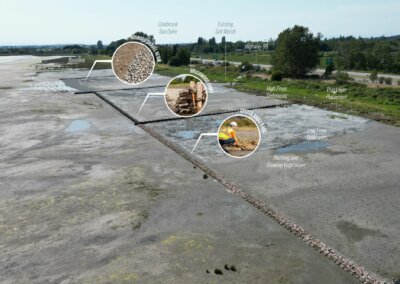About the Project
Persistent threats to coastal communities come in the form of coastal flooding and erosion due to intensifying climate change and sea level rise. Hard engineering structures on coastlines are no longer financially and ecologically sustainable. Engineers must innovate and experiment with new, nature-based approaches to make our coastlines stronger and resilient. At the forefront of this movement is the Living Dikes Project.
The Living Dikes Project takes a pioneering approach to flood protection by restoring and enhancing salt marsh. Salt marsh provides a unique blend of coastal wetland habitat and resilient flood protection through dissipation of wave energy. However, salt marsh survival around the globe is threatened by coastal squeeze, whereby the natural shoreward migration of salt marsh under rising sea levels is blocked by hard coastal structures like dikes. The Living Dikes Project seeks to reverse this trajectory by testing new experimental approaches to build salt marsh and nature-based dikes. This will find the best ways to provide flood protection and save coastal wetland habitat in the face of climate change.
The Living Dikes Project is the first of its kind in Canada. KWL and the City of Surrey embarked on a journey of experimental development. Laboratory experiments tested multiple nature-based erosion protection techniques before construction. The experiments continued with the construction of the pilot sites, which tested different techniques for raising, planting, and protecting salt marsh to serve as a living dike against flooding and erosion. The pilot tests are being monitored over time, and our findings are advancing the state of coastal engineering practice in Canada and globally by demonstrating how salt marsh can be enlisted as a powerful, natural protection for our coastlines.
Approach
There is limited guidance globally on how to build a living dike and no precedent for applying the practice in BC. KWL has addressed this by taking a phased approach to design and construction which will advance the practice of building living dikes in BC. The approach to the salt marsh pilot project consisted of:
- Physical Modelling: The performance of the nature-based techniques to be used in construction of the salt marsh pilot were assessed under various water level and wave conditions in wave flume experiments conducted by NRC.
- Pilot Experiments: The salt marsh pilot experimented with different techniques for raising salt marsh elevation, protecting the salt marsh from erosion, and planting and growing vegetation. The pilot site was divided into four experimental plots. Within each plot, sediment was placed to raise the ground elevation and local salt marsh species were then planted. The plots were used to experiment with different sediment properties, planting methods, and erosion protection solutions.
The performance of the salt marsh pilot is being measured by sediment retention and plant survivorship. Future projects will carry out the next phases in advancing the practice of living dikes in BC, including:
- Adaptive Management: Monitoring the performance of the salt marsh pilot over several years.
- Larger-Scale Implementation: Applying the lessons learned from the pilot and adaptive management to design and build salt marsh on a larger scale across Boundary
Results
The project has advanced the practice of salt marsh restoration globally. Findings from the pilot experiments are continuously being shared with the community of practice and the public. Greater understanding has been gained into how the experimental techniques perform in a BC setting. The project advances the practice of salt marsh restoration worldwide and provides a local basis for using a living dike for coastal flood protection and climate change adaptation.
Service(s) Provided
Coastal Engineering
Project Management
Geotechnical Engineering
Environmental
Inspection
Contract Administration
Project Team (Consultants)
Gary Williams Associates
Thurber Engineering Ltd.
Asarum
WSP
Diamond Head Consulting Ltd.
Project Team (Contractors)
Canadian Landscape and Civil Services
Go back to projects in
View other projects from
Stay in touch with us
Subscribe to our mailing list!
Organization
Connect






